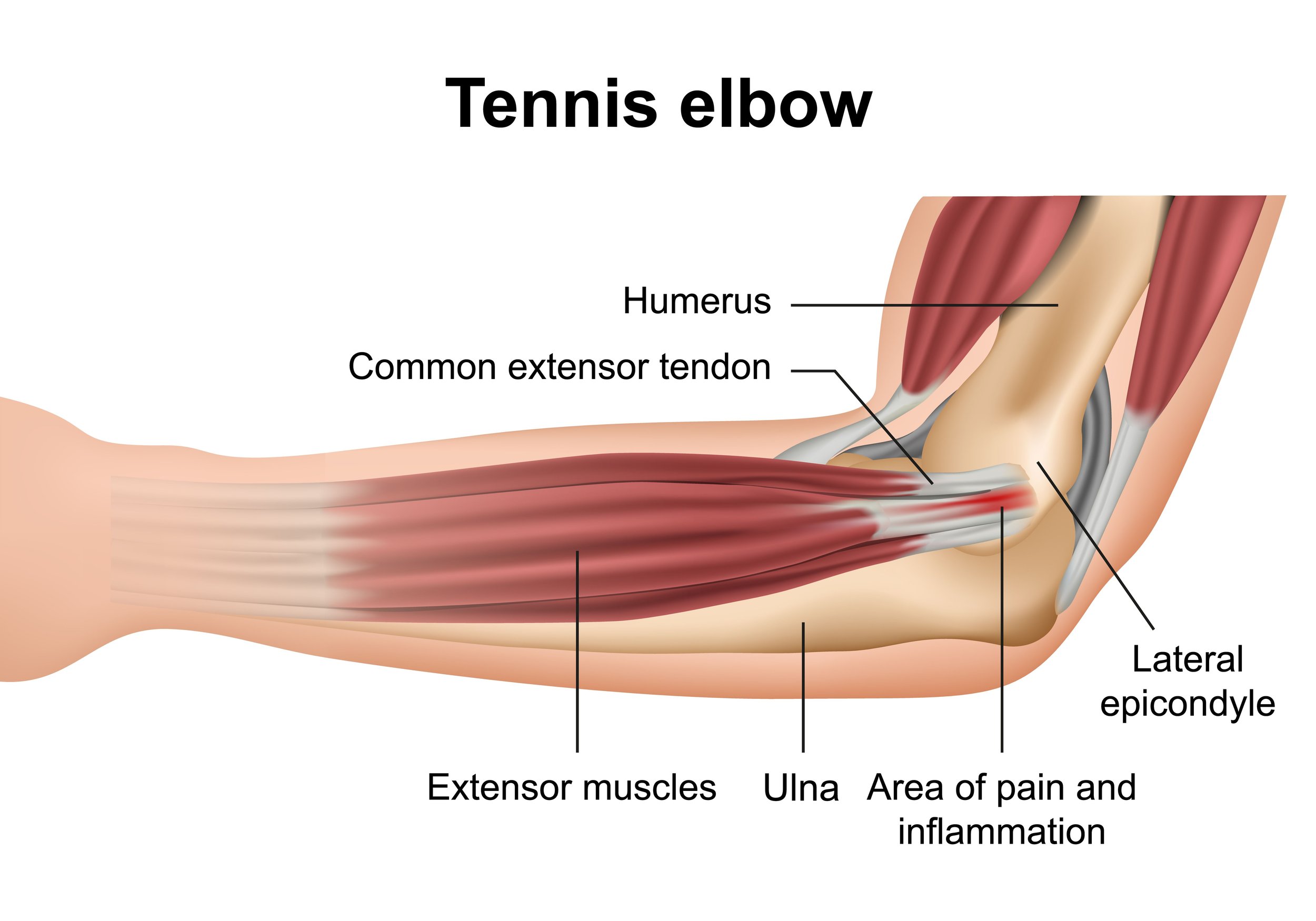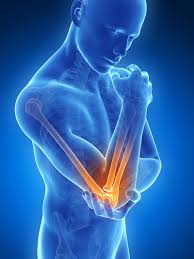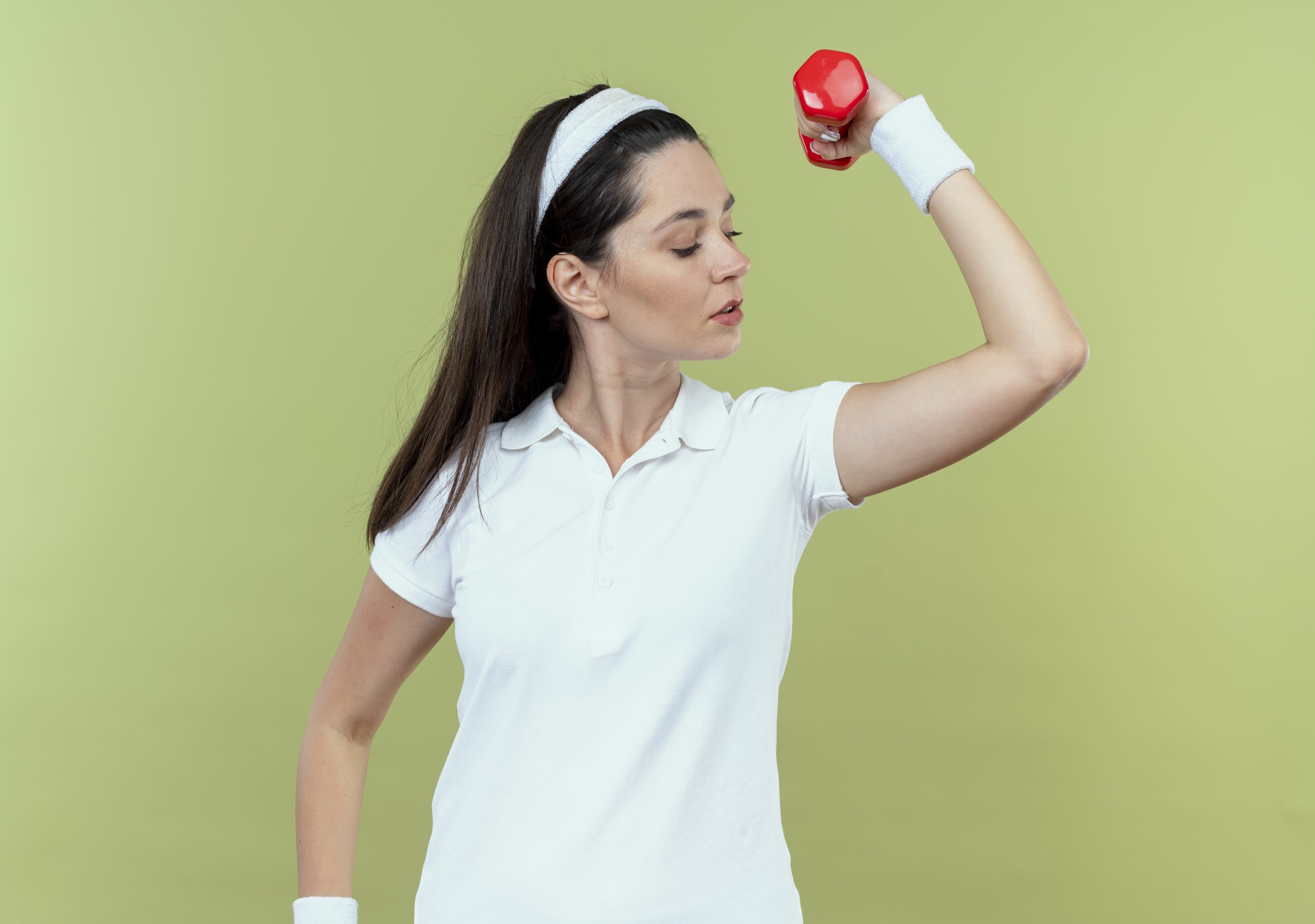Tennis elbow, or lateral epicondylitis, is a condition that results from inflammation or microtears in the tendons that join the forearm muscles to the outside of the elbow. Despite its name, it doesn’t only affect tennis players—anyone who engages in repetitive arm movements, from athletes to manual laborers to office workers, can be at risk. Fortunately, tennis elbow is largely preventable. This guide will take you through a comprehensive approach to preventing tennis elbow, with insights into exercises, ergonomic strategies, proper technique, and general lifestyle tips.
What is Tennis Elbow?
Before diving into prevention, it’s important to understand how tennis elbow occurs. The condition arises due to overuse or strain on the muscles and tendons in the forearm, especially the extensor carpi radialis brevis tendon, which controls wrist extension. This repetitive strain leads to inflammation, pain, and tenderness around the elbow.
Some common causes include:
- Repetitive wrist and arm motions such as swinging a tennis racquet or hammering.
- Improper techniques in sports or physical activities.
- Weak forearm muscles that aren’t able to handle the strain of certain activities.
- Poor ergonomic setups in the workplace, particularly for people who type for long hours.
Understanding Risk Factors
Not everyone is equally at risk for tennis elbow, but understanding certain risk factors can help you take preventive steps.
1. Age
Tennis elbow is most common in people between 30 and 50, likely due to years of repetitive motion building up strain on the tendons.
2. Occupation
Jobs that require repetitive arm movements, especially manual laborers, carpenters, plumbers, painters, or even those who frequently type on keyboards, are at higher risk.
3. Sports
Athletes who play racquet sports, particularly tennis, are at a higher risk if they don’t use proper form. However, other sports that require repetitive arm and wrist motions, such as baseball, weightlifting, and golf, also carry a risk.
4. Poor Physical Conditioning
Weak or tight muscles in the forearm, wrist, and elbow can lead to strain and injury, as can lack of flexibility and improper warm-up before exercise.
Prevention Strategies
Now that we know the risk factors, let’s explore the strategies to prevent tennis elbow.
1. Strengthening Exercises
Strengthening the muscles in your forearm and wrist is key to preventing tennis elbow. When your muscles are stronger, they can better handle stress and are less prone to injury.
Forearm Strengthening
- Wrist Curls (Palms Up & Down): Hold a light dumbbell and rest your forearm on a table with your hand extending off the edge. Perform wrist curls with your palm facing up and then facing down.
- Grip Strengthening: Squeeze a stress ball or use a grip strengthener to improve forearm strength.
Eccentric Exercises
Eccentric exercises, which involve lengthening the muscles under tension, are particularly effective. A classic exercise is the eccentric wrist extension:
- With your forearm resting on a table and palm facing down, lift a lightweight dumbbell with your wrist and then slowly lower it back to the starting position. This movement focuses on the gradual lowering phase to build tendon resilience.
2. Stretching
Maintaining flexibility in your muscles and tendons reduces the risk of strain. Perform the following stretches daily:
Wrist Extensor Stretch
- Extend your arm in front of you with your palm facing down.
- With the opposite hand, gently press the back of your hand toward your body, holding for 20-30 seconds.
Wrist Flexor Stretch
- Extend your arm with your palm facing up.
- Use your other hand to gently press your fingers downward, holding for 20-30 seconds.
These stretches should be done before and after any physical activity that involves repetitive arm movements.
3. Use Proper Technique
Using proper technique during physical activities, especially sports, is crucial for preventing tennis elbow.
In Tennis:
- Grip Size: Ensure your racquet has the right grip size for your hand. Grips that are too small or too large can lead to improper technique and additional strain on the forearm muscles.
- Racquet Strings: The tension in your racquet strings also affects how much shock is transmitted to your arm. Looser strings can help absorb more impact, reducing stress on your elbow.
- Form: Work with a coach to refine your stroke technique, ensuring that your arm isn’t absorbing unnecessary impact. Poor backhand strokes in tennis often lead to tennis elbow.
In sports like golf or baseball, correct grip and swing technique are also essential.
4. Ergonomics at Work
For those whose jobs require repetitive arm or wrist movements, ensuring a proper ergonomic setup is critical:
Office Workers:
- Keyboard Position: Your keyboard should be placed so that your wrists are in a neutral position—neither flexed nor extended. Avoid resting your wrists on the desk or keyboard when typing.
- Chair Height: Your chair should be at a height where your forearms are parallel to the ground while typing, and your feet are flat on the floor.
- Frequent Breaks: Take short breaks every 30 minutes to stretch your arms, wrists, and shoulders. Regular movement prevents stiffness and fatigue.
Manual Laborers:
- Tool Selection: Choose tools with grips that fit comfortably in your hand and reduce strain. Use power tools when possible to minimize repetitive manual movements.
- Alternating Tasks: Switch up your tasks to avoid repeating the same movement over and over for extended periods.
5. Avoid Overuse
The most common cause of tennis elbow is overuse, so it’s essential to listen to your body and avoid repetitive motions without proper rest. Incorporate these practices into your routine:
- Rest Periods: Give your muscles time to recover, especially after intense activity. Overworking the same muscle group without recovery can lead to injury.
- Cross-Training: If you’re an athlete, mix up your training routine to avoid repetitive strain. For instance, swimmers might incorporate running or cycling to give their arm muscles a break.
- Work Modifications: If your job requires repetitive motion, discuss with your employer ways to rotate tasks or take short breaks throughout the day.
6. Use Supports
Braces and supports can help reduce the risk of tennis elbow by minimizing strain on the affected tendons:
- Tennis Elbow Brace (Counterforce Brace): This brace is worn just below the elbow and helps distribute pressure away from the injured area, providing relief and reducing the risk of re-injury.
- Wrist Splints: In some cases, wrist splints can be worn at night to prevent the wrist from bending while you sleep, which can exacerbate symptoms.
7. Warm-Up and Cool Down
Always start any physical activity with a warm-up to increase blood flow to the muscles and prepare them for activity. A proper warm-up should involve:
- Gentle cardio (like jogging or cycling for 5-10 minutes).
- Dynamic stretching (movements that take joints through their full range of motion).
After exercise, focus on cool-down exercises, which should include static stretching to prevent muscle stiffness and soreness.
8. Healthy Lifestyle
Maintaining overall health plays a crucial role in preventing tennis elbow and other musculoskeletal injuries:
- Balanced Diet: Ensure your diet includes plenty of anti-inflammatory foods like fruits, vegetables, and omega-3-rich foods (fish, nuts). Staying hydrated also helps keep muscles and tendons flexible.
- Regular Exercise: Engaging in regular physical activity promotes muscle strength, endurance, and flexibility, all of which can help prevent injuries like tennis elbow.
- Adequate Sleep: Proper rest is essential for muscle recovery and overall health.
Conclusion
Preventing tennis elbow is largely about being proactive. Strengthening your muscles, using proper technique, maintaining an ergonomic workspace, and listening to your body are all key strategies in reducing the risk of this painful condition. By incorporating these preventive measures into your routine, you can keep your tendons healthy and strong, allowing you to stay active without discomfort.






